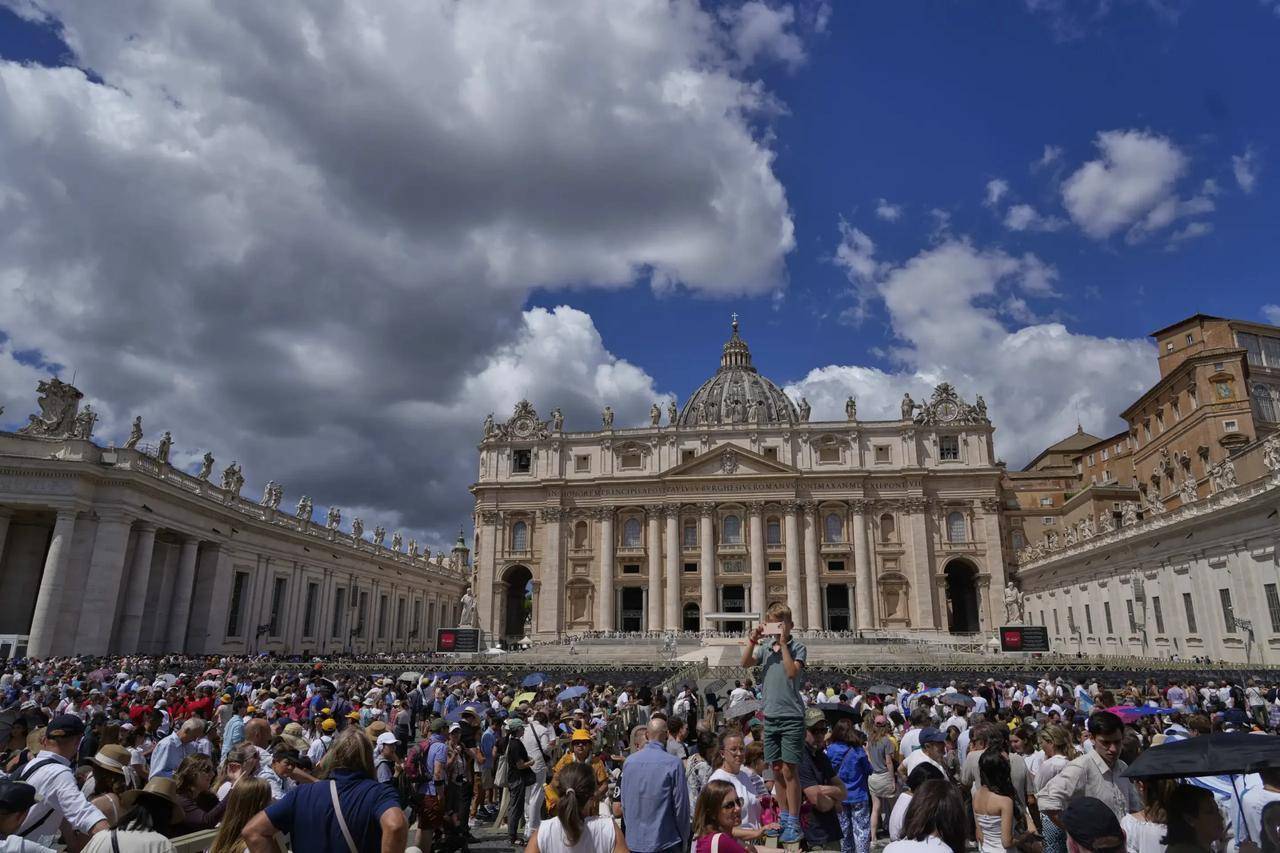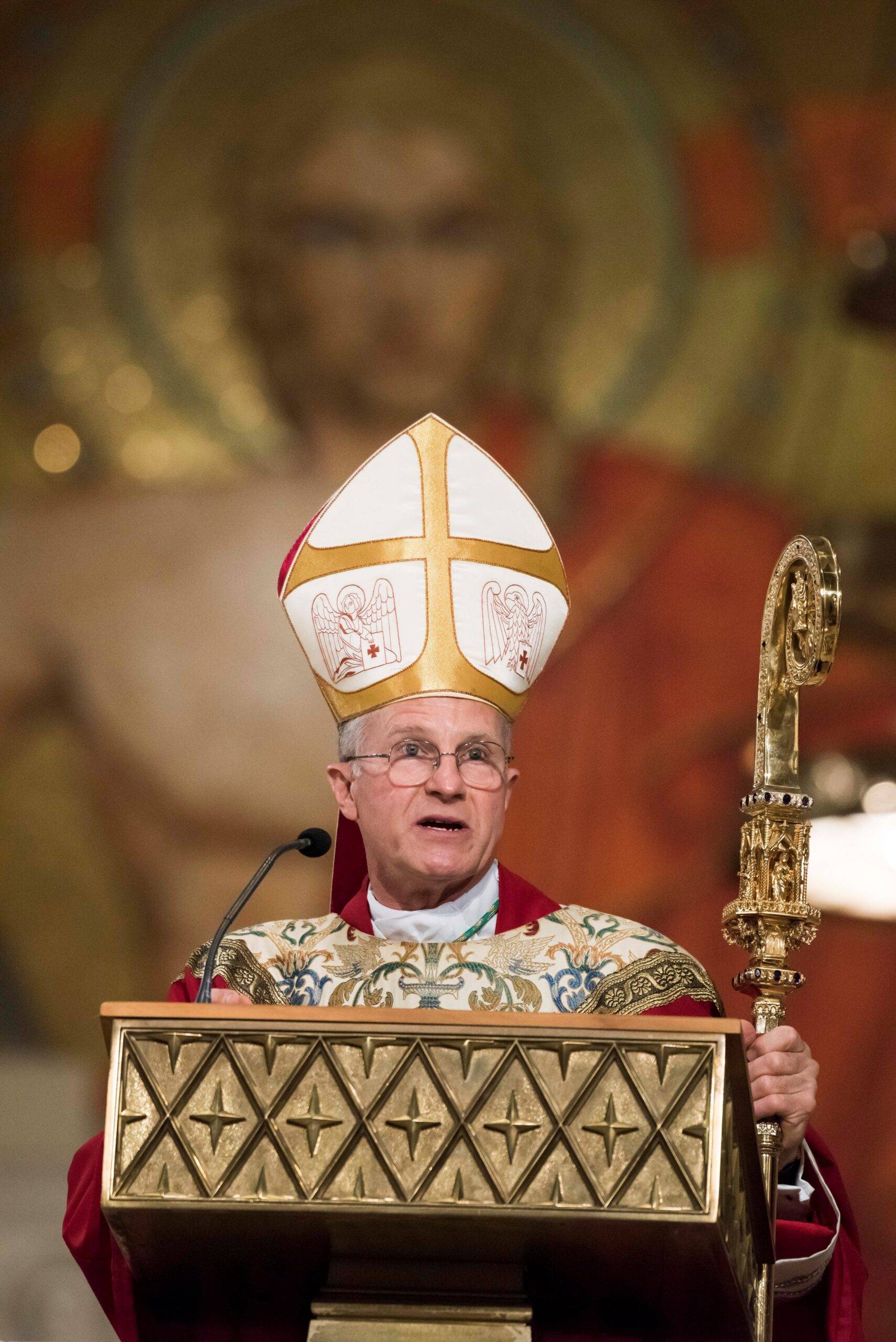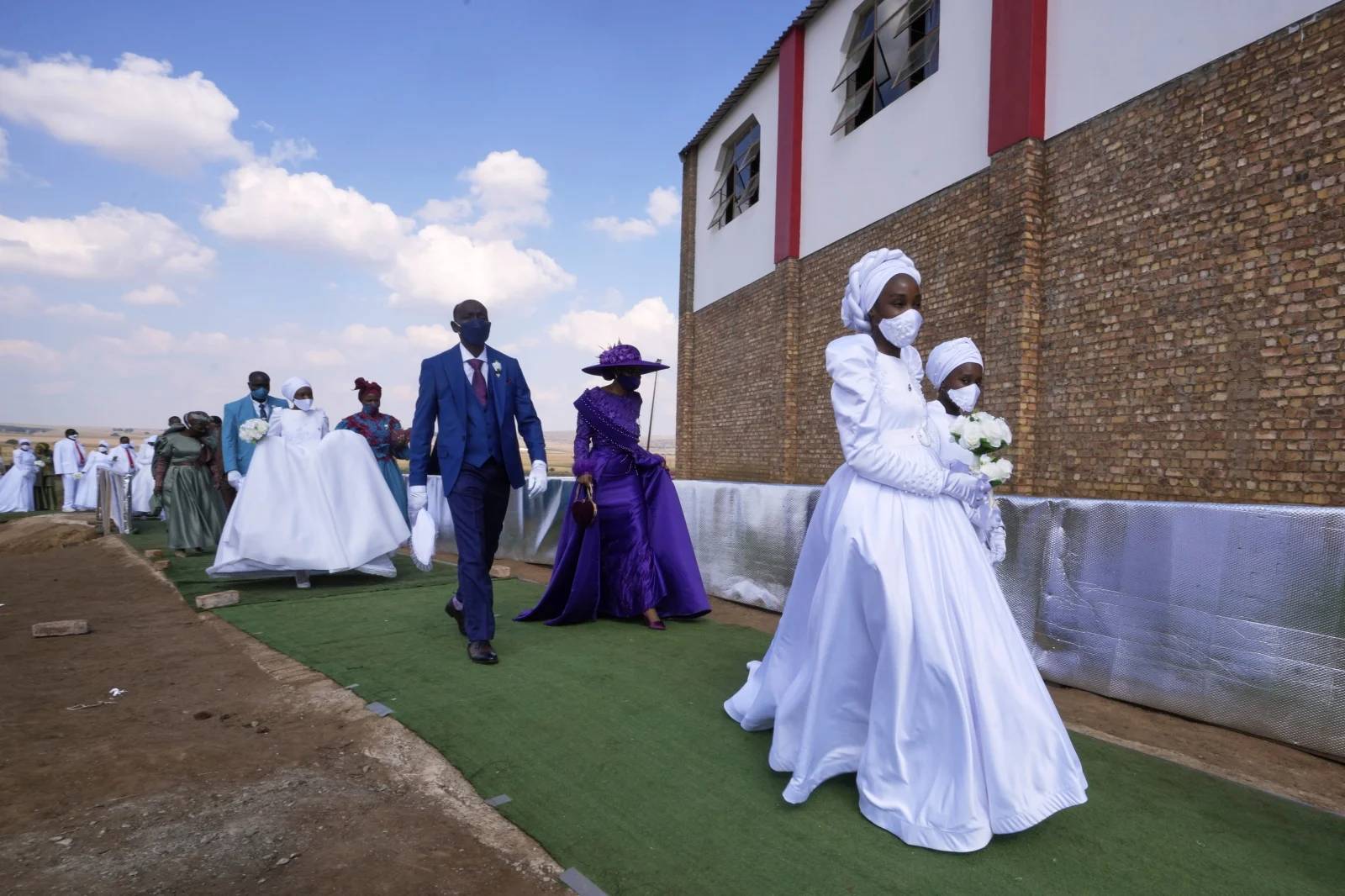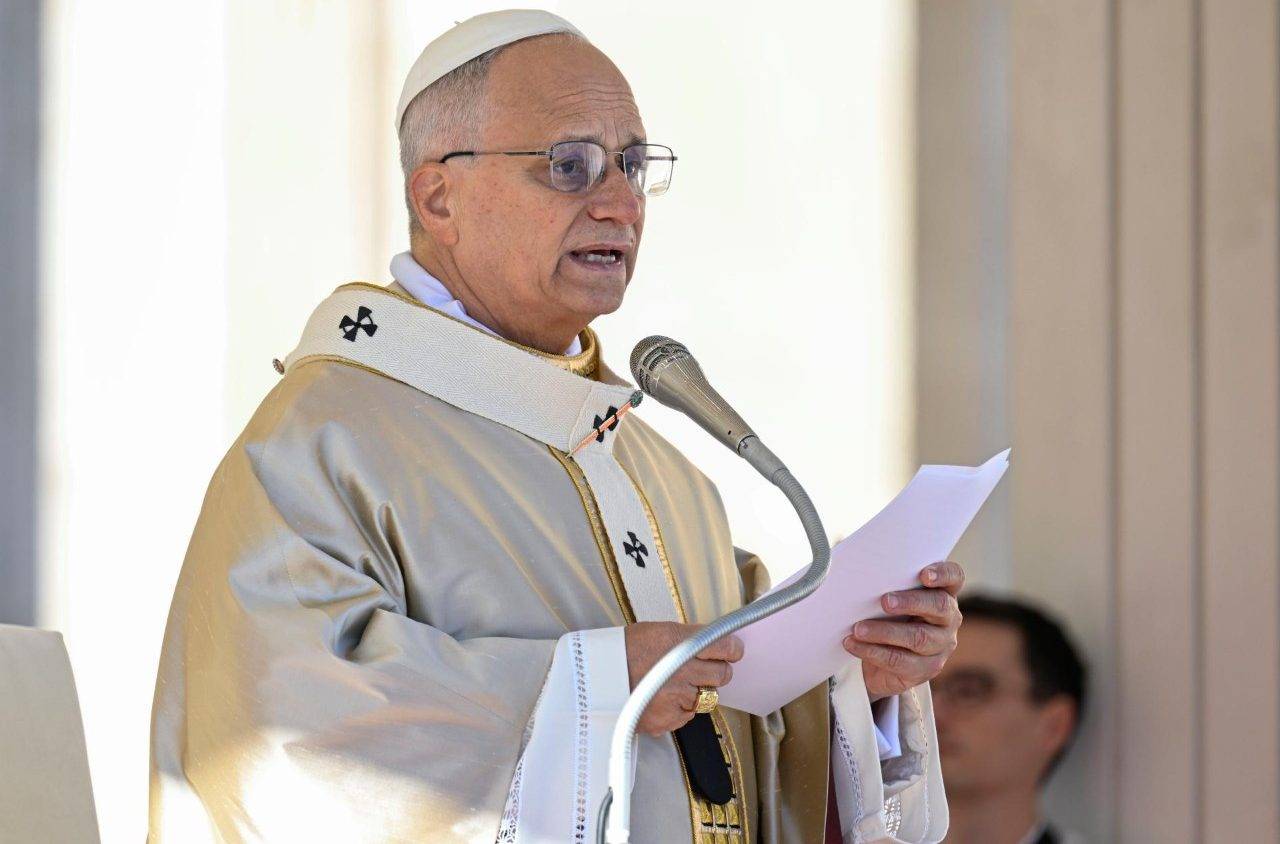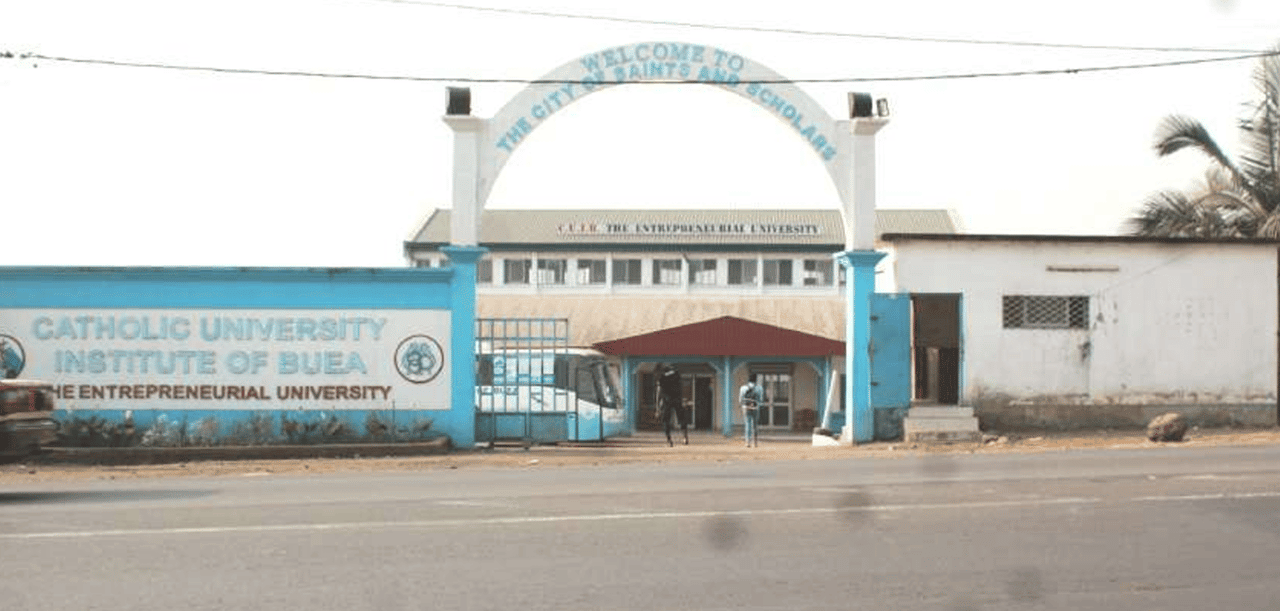ROME – If you were an American Catholic who carved out space midday Friday to watch Pope Francis lead the traditional Christmas Eve Mass, you may have tripped over a section of his homily in which, seemingly out of a clear blue sky, he brought up workplace safety and issued the cry, “On the day of Life, let us repeat: no more deaths in the workplace!”
You might have found yourself asking, “Where did that come from?”
In Italy, however, no one was disoriented. Last Friday night, the nation was still in mourning over the deaths of three workers who had died the week before in a crane collapse in the northern industrial city of Turin. The funeral of the youngest of the victims, 20-year-old Filippo Falotico, had been held Thursday, the day before Christmas Eve. The Turin incident was the latest in a series of deadly workplace accidents in Italy.
Similarly, if you happened to get up early on Sunday to watch Pope Francis deliver his traditional noontime Angelus address, you would have heard him lament Italy’s “demographic winter” of falling birth rates and family size, which, the pope said, was prompted in part by watching a TV program called A Sua immagine (“In His Image”).
Americans wouldn’t catch the shout-out, but Italians know that A Sua immagine is a Sunday morning staple of the national broadcaster RAI, a show devoted to Catholic issues that runs on either side of the pope’s noon Angelus appearance.
These intra-Italian references illustrate, among other things, Pope Francis’s ecclesiological style. When he was elected in 2013, he embraced the traditional papal title “Bishop of Rome” while downplaying all the others, suggesting that he wanted to return to the tradition that his authority as the universal leader of the Catholic Church rests on being the bishop of a particular place, i.e., the Eternal City.
From the beginning, he’s embraced his role as leader of the church in Rome and in Italy, taking a hands-on role in administration and pastoral outreach. In in a sense, it’s a very Aristotelian approach – the “form” of the Petrine Office has to be instantiated in the “matter” of the physical church in the city of Rome.
Yet these Italian footnotes to the pope’s holiday verbiage also illustrate a broader point, not merely about Francis but about Catholicism writ large: While all local churches in the universal communion of faith may be equal, some, clearly, are more equal than others, and Italy is arguably the most equal of all.
At the leadership level, Catholicism is virtually incomprehensible without some basic knowledge of Italian realities. For one thing, the Vatican itself is a quintessentially Italian environment, despite decades of alleged “internationalization” beginning with St. Paul VI in the 1960s.
Italian remains the working language of the place, Vatican civil law is based largely on Italian jurisprudence, and even the working schedule of the Vatican reflects Italian customs. More deeply, the culture and psychology of the place is thoroughly Italian – as the current “trial of the century” pivoting on a $400 million real estate deal in London brokered by a cabal of Italian financiers convincingly demonstrates.
A broad swath of Catholic bishops around the world have either studied in Italy or worked here, and, for good and ill, the experience tends to leave a deep impression on their expectations, governance style and sense of priorities. If your bishop is an old Rome hand and you’re ever confused about why he operates the way he does, just spend six months here and the clouds will almost certainly part.
At the grassroots, Italy is also the cradle of Catholic culture. It’s not where the faith was born, of course – the Christmas season reminds us that Christ was born in a specific time and place, in the Holy Land under Roman occupation.
Yet Italy is where the culture to which the faith has given rise has been forged most thoroughly over the centuries, and where the imprint of that process is still unmistakably evident. Even the most secularized Italians for instance, would have known that yesterday was the Feast of the Holy Family, because the celebration of the family here is considered a defining national virtue.
Just go to the home of the most bitterly anti-clerical, avowedly atheist Italian you can find for the traditional Sunday family lunch, and, over the next three or four hours, you’ll have an experience that’s actually more thoroughly Catholic than many novenas you could attend in other parts of the world.
Of course, Catholicism is a universal faith that transcends both space and time. A Catholic who lives and dies in Cameroon, or Cambodia, or Cleveland, without ever setting foot in Italy or anyplace else, is every bit as much a member of the Communion of Saints as someone who’s seen the four corners of the Catholic world. Nonetheless, we’re talking here not about sanctity but about comprehension, which is a very different virtue indeed.
Over the years, American Catholics occasionally have been leery about sending seminarians to Rome to study, worrying that they’ll “go Roman” and return unsuitable for being pastors in the typically egalitarian, collaborative American parish.
No doubt, that’s probably happened here and there, though it probably speaks more to the formation they had in Rome than the city or country.
What’s far more common, however, is that spending some extended time in Italy gives future priests – or religious and lay leaders – not only a deeper knowledge of how the church works, but a deeper appreciation for the humanistic values upon which a Catholic culture ought to be based.
In other words, perhaps we shouldn’t fear giving our future pastors an Italian holiday, we should welcome it – because, if the experience is done right, they’ll come back savvier, healthier and broader in outlook.
And, if nothing else, at least they can explain the pope’s homilies without having to Google the answers.
Follow John Allen on Twitter: @JohnLAllenJr





